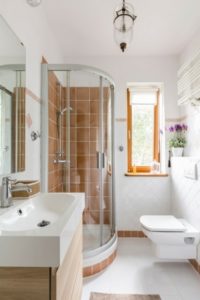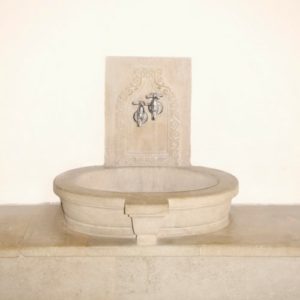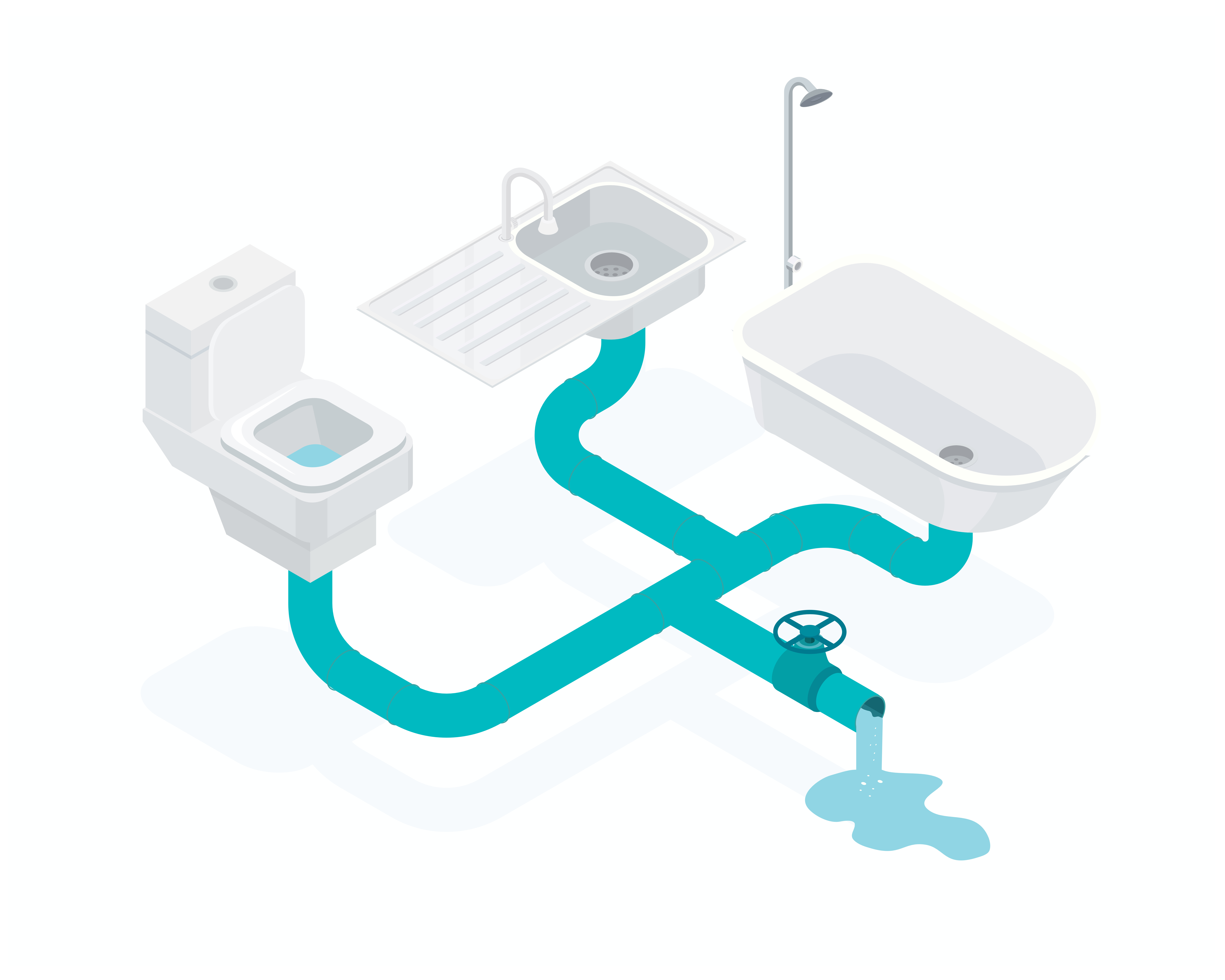Discover Information About the History of Indoor Plumbing
 It’s true that we pretty much take plumbing for granted today. However, it has actually been around for thousands of years and boasts some impressive feats of engineering and design.
It’s true that we pretty much take plumbing for granted today. However, it has actually been around for thousands of years and boasts some impressive feats of engineering and design.
Do you wonder what ancient bathtubs looked like compared to those in our homes in Buffalo, NY? Here is a brief overview of some interesting information about the history of indoor plumbing.
The Early History
Indoor plumbing may have originated as far back as 6000 B.C., when Mesopotamians carried jugs of water by hand from the river for use inside their homes. A few thousand years later (likely about 3000 B.C.) indoor plumbing was built in India. A network of copper pipes serviced a palace that had a bathroom, with drainage features
A few centuries later in Crete, the first toilet was created under King Minos. There is some dispute that a similar model had actually been created in the U.K. about 1200 years before.
Fun Plumbing Facts from Rome, Egypt, and France
 Ancient Romans built an extensive network of aqueducts, which ran fresh water to the bathhouses using gravity. The bathhouses had running water that was heated by a furnace. They also had steam rooms, which was pretty state of the art.
Ancient Romans built an extensive network of aqueducts, which ran fresh water to the bathhouses using gravity. The bathhouses had running water that was heated by a furnace. They also had steam rooms, which was pretty state of the art.
Another innovation that the Romans were famous for was changing pipe material to lead, which helped a great deal with sanitation. The Egyptians build elaborate bathrooms right into their pyramids that had drainage and irrigation systems.
They built similar bathrooms in their tombs because they believed that the dead weren’t really dead, but had crossed to “the other side”. They still needed the same things that they did when they were alive, like food, water, and bathrooms.
The lavish Versailles chateau didn’t have indoor toilets, believe it or not. During Marie Antoinette’s era, there would be thousands of people in the palace at once, so not having indoor toilets was a huge problem from a sanitation point of view. They used commodes, which were emptied en masse into the courtyards, causing an awful smell and creating vermin problems. People apparently also did their business in the hallways of the castle and out in the courtyards.
Eco-Friendly Plumbing for the Future
 We’ve seen that plumbing has evolved over the years to meet the needs of the users. In today’s society, we are facing a water crisis, which is why our plumbing needs to be mindful of water conservation.
We’ve seen that plumbing has evolved over the years to meet the needs of the users. In today’s society, we are facing a water crisis, which is why our plumbing needs to be mindful of water conservation.
Take, for instance, a low-flow showerhead. This mechanism delivers less water at a slower rate, but still provides more than enough water and pressure to have a satisfying shower.



